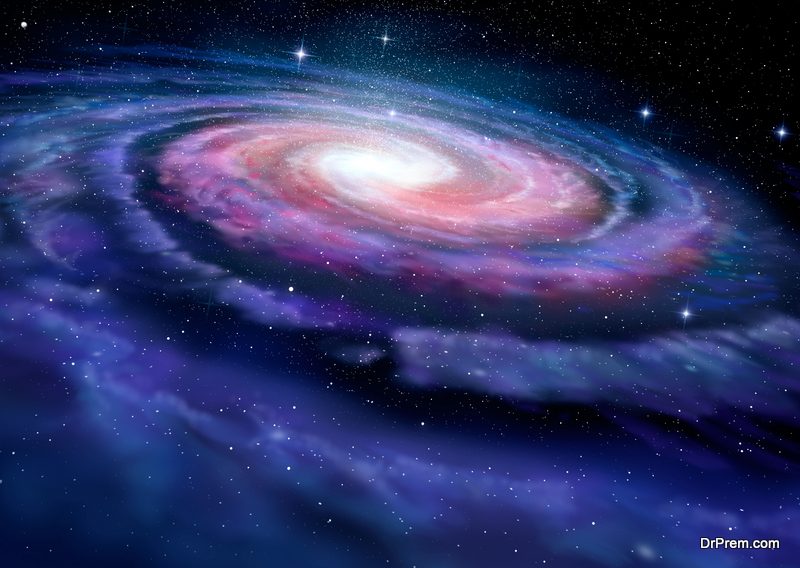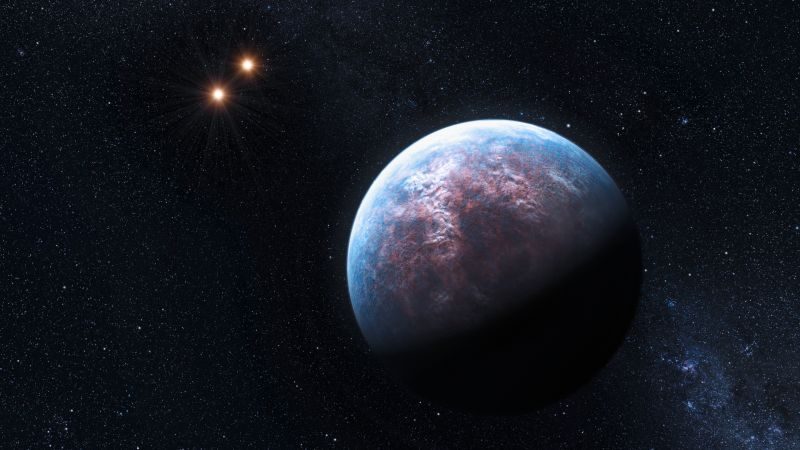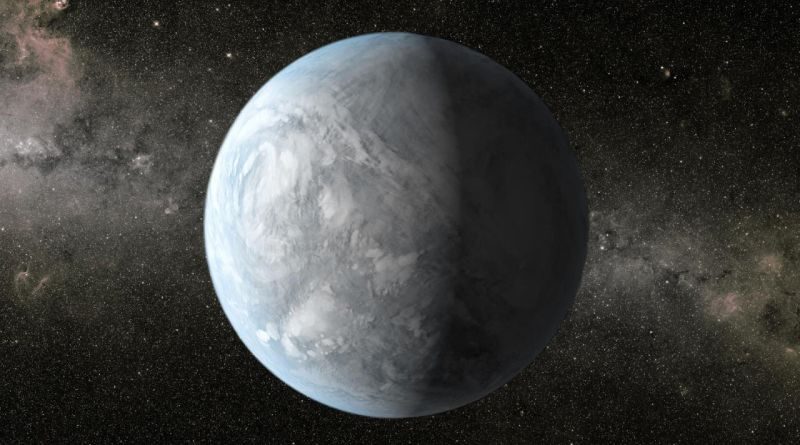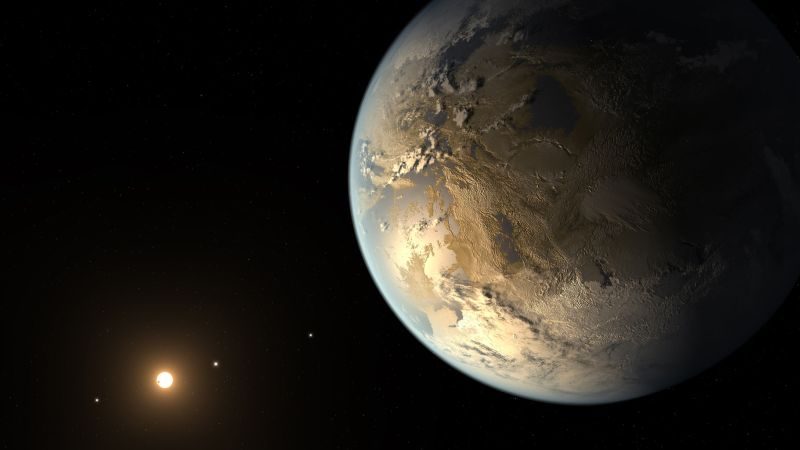Earth has a new neighbor now, Ross 128b – a planet that can support life. It is only 11 light years away from our solar system.
You must have heard or read about the discovery of habitable planets outside or in our solar system. So, what makes Ross 128b special, apart from its name that sounds human? Let us talk about the same in this post.
Ross128, an idle red dwarf star is the host for the new planet – Ross 128b that has approximately the same size as Earth, but is more massive. Every 9.9 days, the planet completes its orbit around Ross 128. The planet may have Earth-like temperature and is most probably the nearest from our planet where we can find life. The only limitation: 128b is tidally locked to its host star that means one side of the surface will always be facing the star and another side facing away. Scientists are not sure how the condition will affect the habitat. Lots of “ifs” and unknown facts remain undiscovered right now and to get the answer we just have to wait and watch.
Current closest exoplanet
 Proxima b at 4.2 light-years is the only exoplanet closer from Earth as compared to Ross 128b, but an atmosphere cannot exist on the former. The main reason, Proxima b is revolving an active star named Proxima Centauri, which is constantly burning its planetary system with blistering radiation and life cannot exist on such conditions.
Proxima b at 4.2 light-years is the only exoplanet closer from Earth as compared to Ross 128b, but an atmosphere cannot exist on the former. The main reason, Proxima b is revolving an active star named Proxima Centauri, which is constantly burning its planetary system with blistering radiation and life cannot exist on such conditions.
But, Ross 128 is a non-active quiet star and if 128b may have an atmosphere, it will not face any trouble holding it. And if greenhouse effects make an impact, it can heat the atmosphere up to a comfortable 21 degree Celsius (70 degrees Fahrenheit).
Scientists used High Accuracy Radial velocity Planet Searcher (HARPS), a planet-hunting system from European Southern Observatory to find Ross 128b. Scientists and astronomers observed that the star Ross 128 and its planet 128b, both are coming towards us. They estimated that within next 79,000 years, Ross 128b will be the closest exoplanet from our Earth, even closer than Proxima b. That may sound like a long time for us, but in the “space” of comets and stars, it is just a cosmic moment.
Search for Extraterrestrial Intelligence (SETI) found something interesting about 128b – a continuous deep, resonant sound from its direction. It may be the signal interference from Earth-orbiting satellites but still gave chance to SETI to listen to the sounds and come up with some new facts.
So, let us be ready to welcome our new neighbor after 79, 000 years, when it comes closes to Earth.
This was all about the recent discovery in the realm of habitable planets. However, Ross 128b or Proxima b is not the first exoplanets to be found. Scientists are able to discover around 2,000 planets since 1995. Most of these discoveries are made by NASA’s Kepler space telescope after its launch in 2009 to find planets with Earth-like environment throughout the Milky Way galaxy. Kepler’s observations show that there are many planets with Earth-like surface and few of them can also nurture life forms.
A planet only qualifies to support life once it has a rocky surface and a temperature where water can exist in its liquid form. This is just a small hint of what to expect from a life-supporting planet, there are many other traits and feature are required to compete with the Earth.
Other earth-like exoplanets
Earth 2.0 is yet to be found, but we have a list of six habitable planets that are considered to be a close match to Earth. We are just mentioning important points about each one of these.
Gliese 667Cc
 Image Source : wp-assets.futurism.com
Image Source : wp-assets.futurism.com
- A super-Earth exoplanet that orbits Gliese 667C that is 22 light years away from Earth.b. Gliese 667C is a small red dwarf star having one third mass of our Sun.c. Gliese 667Cc is eight times closer to its host star when compared to earth.d. The planet receives a similar amount of energy from its star as our Earth gets from the Sun.
Kepler-22b
- At a distance of at 600 light-years, Kepler-22b is the first exoplanet found by Kepler Space Telescope.b. Discovered in 2011, it has an estimated 2.4 times larger diameter than Earth and has an average temperature of 22 degrees Celsius (72 degrees Fahrenheit).c. It is supposed to be gaseous, but its radical tilt hints that its north and south poles will be covered in darkness and light alternatively.
Kepler-69c
 Image Source : cdn.sci-news.com
Image Source : cdn.sci-news.com
- The planet can be Super-Earth or Super Venus depending on the characters of its habitat support. The existence of water or even a global ocean is possible on Kepler-69c. NASA stated that it has an orbit time of 242 days closer to what Venus takes to orbit around the Sun.b. At about 2,700 light-years from Earth, researchers say that it has many similarities to Earth and it is orbiting a star that looks like our Sun.
Kepler-62f
- At about 1,200 light-years from the Earth it is orbiting a star smaller and dimmer than the Sun.
b. Kepler-62f with Earth-like environment is 1.4 times bigger and is likely to be surrounded by water that could lead to a life-supporting habitat.
c. Discovered by Kepler Space Telescope, it orbits its host star every 267 at an equal distance of Venus to the sun in our milky way.
Kepler-186f
- Found 490 light-years away from Earth, Kepler-186f is often dubbed as Earth’s “cousin”.b. About 10 percent larger our planet, it is a part of a star system where water could exist in its natural form. Mass and density of the planet are still unknown.c. Scientists are not sure how the atmosphere will behave to life forms as the planet is Earth-sized but might not be Earth-like.
What are red dwarf stars?
 Red dwarf stars are the most common coolest and faintest stars found in the universe. Because of their abundance and the fact that exoplanets are found around these, astronomers always try to study red dwarf stars in the hope to find other life-supporting habitable planets.
Red dwarf stars are the most common coolest and faintest stars found in the universe. Because of their abundance and the fact that exoplanets are found around these, astronomers always try to study red dwarf stars in the hope to find other life-supporting habitable planets.





